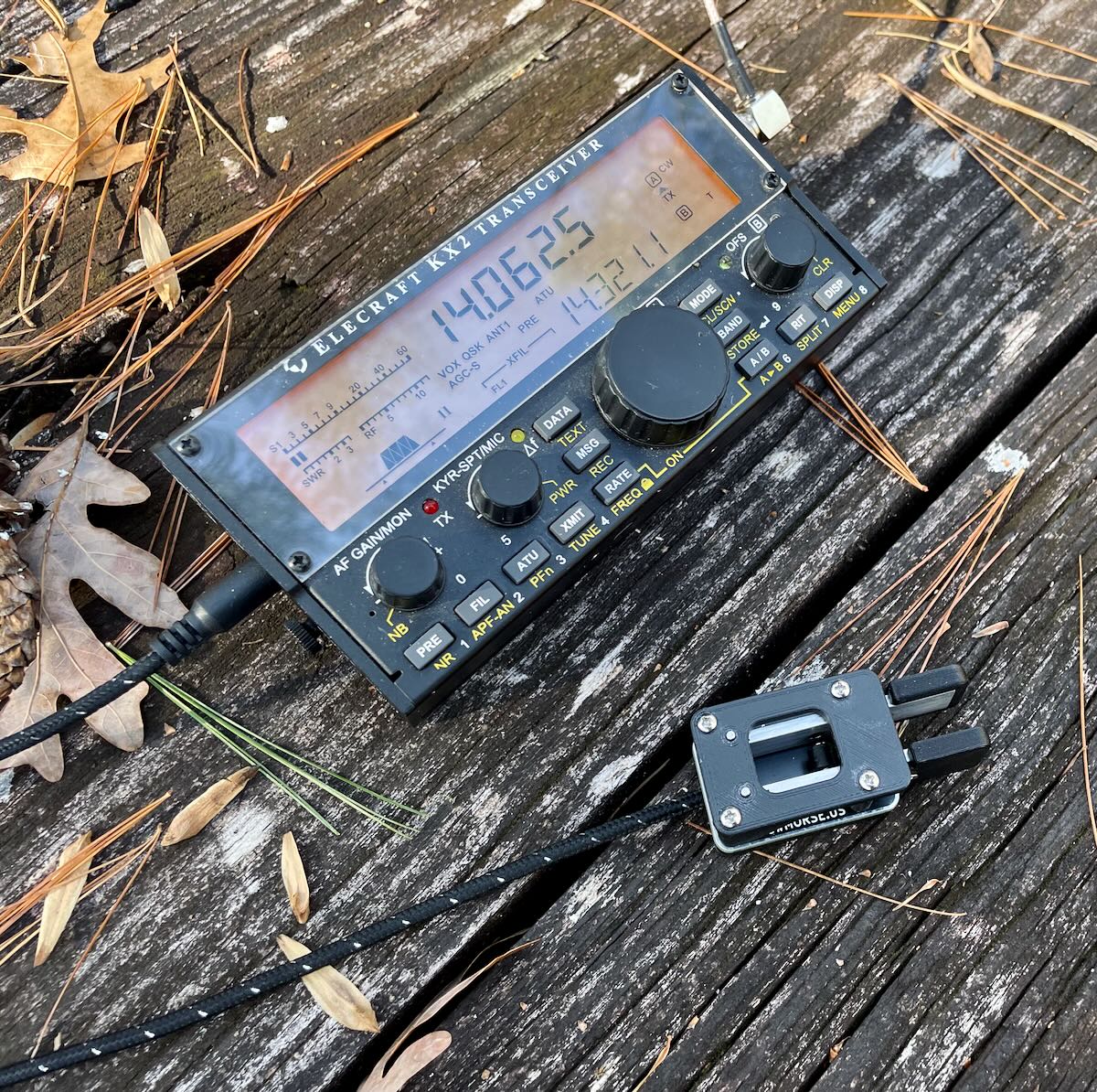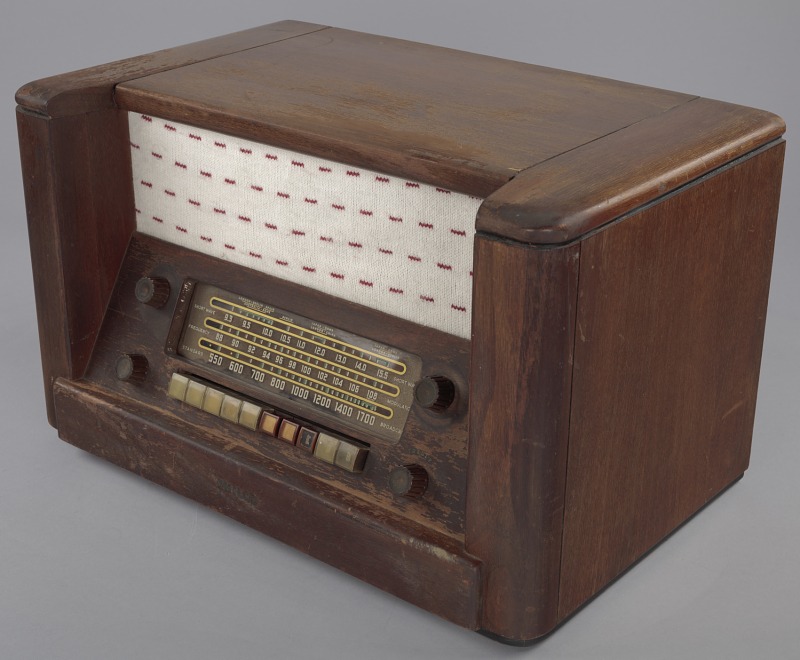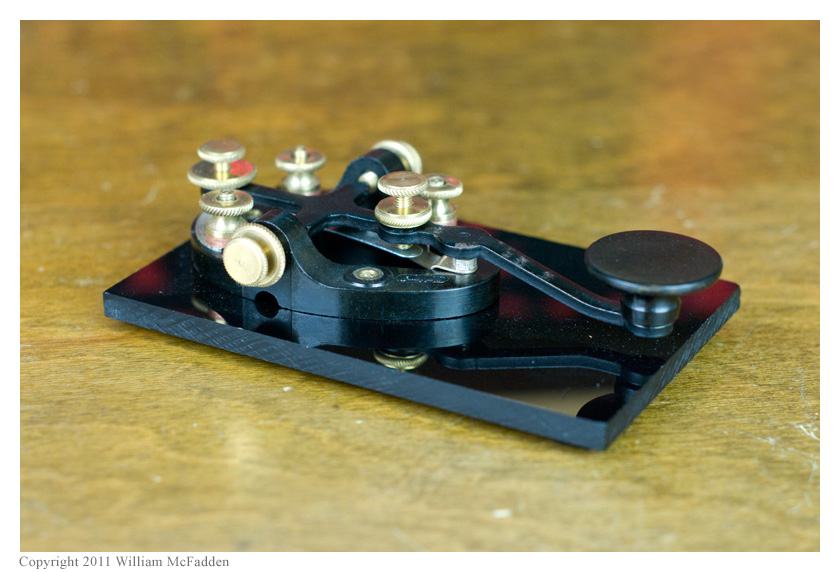Radio Waves: Stories Making Waves in the World of Radio
Welcome to the SWLing Post’s Radio Waves, a collection of links to interesting stories making waves in the world of radio. Enjoy!
Absolute Radio to switch off all AM transmitters across the UK (Radio Today)
Bauer is removing Absolute Radio from Medium wave this month as it turns off all AM frequencies for the station across the country.
Absolute Radio launched exclusively on AM (as Virgin Radio) 30 years ago in 1993 using predominantly 1215 kHz along with fill-in relays on 1197, 1233, 1242 and 1260. Some of these have been turned off in recent years in places such as Devon, Merseyside and Tayside.
Whilst this is a historic milestone for the radio industry, it shouldn’t affect many listeners as just two percent of all radio listening currently takes place on AM.
Absolute Radio also lost its FM frequency in London in 2021 in favour of the ever-expanding Greatest Hits Radio network.
The move makes Absolute Radio a digital-only service, broadcasting nationally on DAB and online. [Continue reading…]
Coffee and Radio – with Carlos Latuff (Radio Heritage)
[…]Carlos Henrique Latuff de Sousa or simply “Carlos Latuff”, for friends, (born in Rio de Janeiro, November 30, 1968) is a famous Brazilian cartoonist and political activist. Latuff began his career as an illustrator in 1989 at a small advertising agency in downtown Rio de Janeiro. He became a cartoonist after publishing his first cartoon in a newsletter of the Stevadores Union in 1990, and continues to work for the trade union press to this day.
With the advent of the Internet, Latuff began his artistic activism, producing copyleft designs for the Zapatista movement. After a trip to the occupied territories of the West Bank in 1999, he became a sympathizer of the Palestinian cause in the context of the Israeli-Palestinian conflict and devoted much of his work to it. He became an anti-Zionist during this trip and today helps spread anti-Zionist ideals.
His page of Instagram (https://www.instagram.com/carloslatuff/) currently has more than 50 thousand followers, where of course you can see his work as a cartoonist and also shows his passion for radio. [Continue reading…]
X-CLASS SOLAR FLARE (Speaceweather.com)
A large and potentially dangerous sunspot is turning toward Earth. This morning (Jan. 6th at 0057 UT) it unleashed an X-class solar flare and caused a shortwave radio blackout over the South Pacific Ocean. Given the size and apparent complexity of the active region, there’s a good chance the explosions will continue in the days ahead. Full story @ Spaceweather.com ( https://spaceweather.com)
Looking to Ditch Twitter? Morse Code Is Back (Smithsonian Magazine)
For almost 20 years, Steve Galchutt, a retired graphic designer, has trekked up Colorado mountains accompanied by his pack of goats to contact strangers around the world using a language that is almost two centuries old, and that many people have given up for dead. On his climbs, Galchutt and his herd have scared away a bear grazing on raspberries, escaped from fast-moving forest fires, camped in subfreezing temperatures and teetered across a rickety cable bridge over a swift-moving river where one of his goats, Peanut, fell into the drink and then swam ashore and shook himself dry like a dog. “I know it sounds crazy, risking my life and my goats’ lives, but it gets in your blood,” he tells me by phone from his home in the town of Monument, Colorado. Sending Morse code from a mountaintop—altitude offers ham radios greater range—“is like being a clandestine spy and having your own secret language.”
Worldwide, Galchutt is one of fewer than three million amateur radio operators, called “hams,” who have government-issued licenses allowing them to transmit radio signals on specifically allocated frequencies. While most hams have moved on to more advanced communications modes, like digital messages, a hard-core group is sticking with Morse code, a telecommunications language that dates back to the early 1800s—and that offers a distinct pleasure and even relief to modern devotees.
Strangely enough, while the number of ham operators is declining globally, it’s growing in the United States, as is Morse code, by all accounts. ARRL (formerly the American Radio Relay League), based in Newington, Connecticut, the largest membership association of amateur radio enthusiasts in the world, reports that a recent worldwide ham radio contest—wherein hams garner points based on how many conversations they complete over the airwaves within a tight time frame—showed Morse code participants up 10 percent in 2021 over the year before.
This jump is remarkable, given that in the early 1990s, the Federal Communications Commission, which licenses all U.S. hams, dropped its requirement that beginner operators be proficient in Morse code; it’s also no longer regularly employed by military and maritime users, who had relied on Morse code as their main communications method since the very beginning of radio. Equipment sellers have noticed this trend, too. “The majority of our sales are [equipment for] Morse code,” says Scott Robbins, owner of ham radio equipment maker Vibroplex, founded in 1905, which touts itself as the oldest continuously operating business in amateur radio. “In 2021, we had the best year we’ve ever had … and I can’t see how the interest in Morse code tails off.”
Practitioners say they’re attracted by the simplicity of Morse code—it’s just dots and dashes, and it recalls a low-tech era when conversations moved more slowly. For hams like Thomas Witherspoon of North Carolina, using Morse code transmissions—sometimes abbreviated as CW, for “continuous wave”—offers a rare opportunity to accomplish tasks without high-tech help, like learning a foreign language instead of using a smartphone translator. “A lot of people now look only to tools. They want to purchase their way out of a situation.”
Morse code, on the other hand, requires you to use “the filter between your ears,” Witherspoon says. “I think a lot of people these days value that.” Indeed, some hams say that sending and receiving Morse code builds up neural connections that may not have existed before, much in the way that math or music exercises do. A 2017 study led by researchers from Ruhr University in Bochum, Germany, and from University Medical Center Utrecht in the Netherlands supports the notion that studying Morse code and languages alike boosts neuroplasticity in similar ways. [Continue reading…]
Do you enjoy the SWLing Post?
Please consider supporting us via Patreon or our Coffee Fund!
Your support makes articles like this one possible. Thank you!




